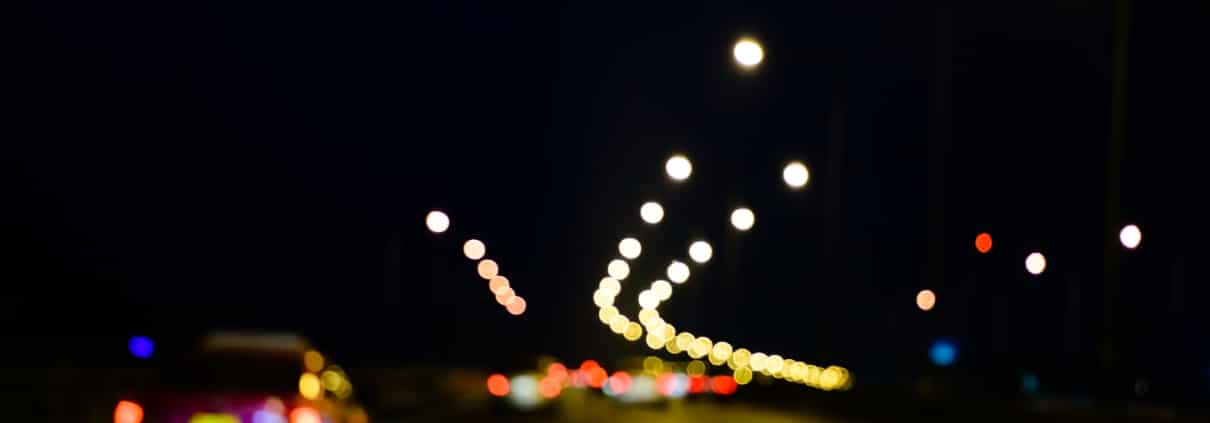What is Night Blindness?
Night blindness (nyctalopia) is a condition in which you are unable to see well at night or in dim light. It is frequently linked to difficulty in swiftly adjusting from a well-lighted to a dimly lit environment. It is a sign of an underlying eye condition, such as low vision in Wilmington, NC, rather than a disease in and of itself. Night vision problems are widespread in persons who are myopic. However, this is not related to retinal disease, but rather to optical impairments.
What Goes on Inside the Eye in Low Light?
Your eyes adjust to light on a constant basis. When there is little or no light, your pupils dilate, allowing more light to enter your eyes. The retina, which is a tissue at the back of your eye that houses all of the rod and cone cells, receives this light. Color vision is aided by cone cells. Rod cells aid with night vision. You can’t see as well or at all in the dark if those rods aren’t operating properly due to a disease, injury, or condition.
Symptoms of Night Blindness
The following are some of the signs and symptoms of night blindness:
- When driving after dark, your eyesight becomes blurry
- When driving at night, you have unusual difficulty adjusting to the darkness
- Having trouble seeing in dimly lit environments, such as your home or a movie theater
- Excessive squinting at night
- Reduced sensitivity to contrasting colors
- Transitioning from bright to dark settings is slow and difficult
- Walking at night and not being able to easily see pedestrians
Remember, night blindness is not a condition in and of itself. Frequently, it is a symptom of low vision. Visit The Low Vision Centers of North Carolina if you have symptoms related to night blindness or are having difficulties seeing in low light.



